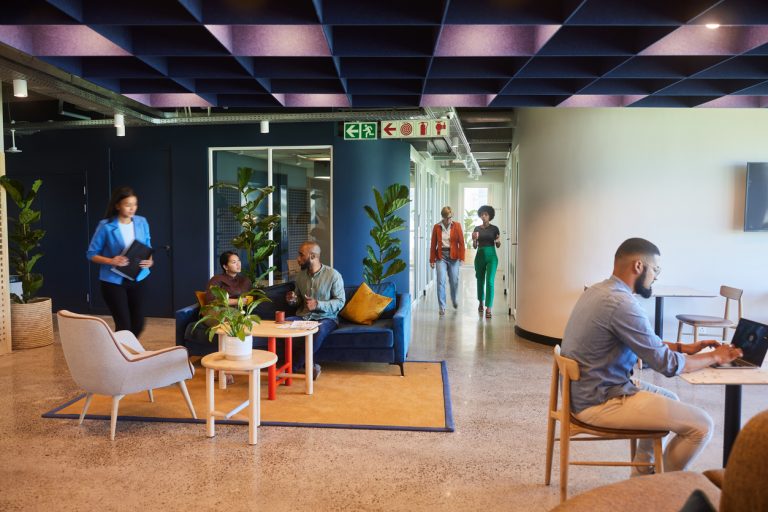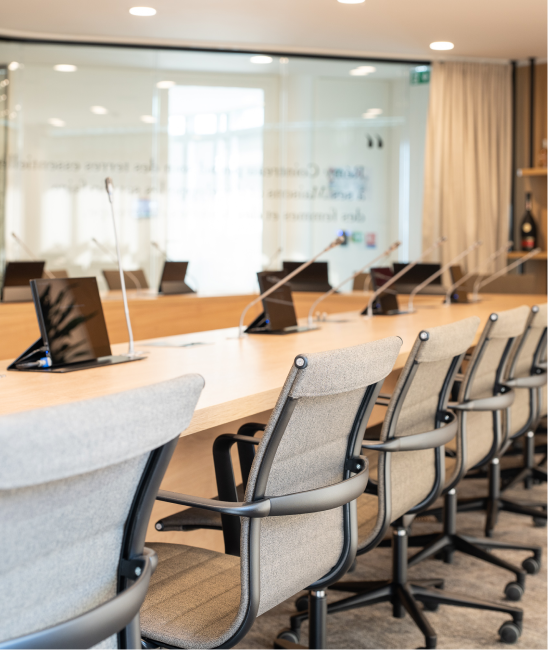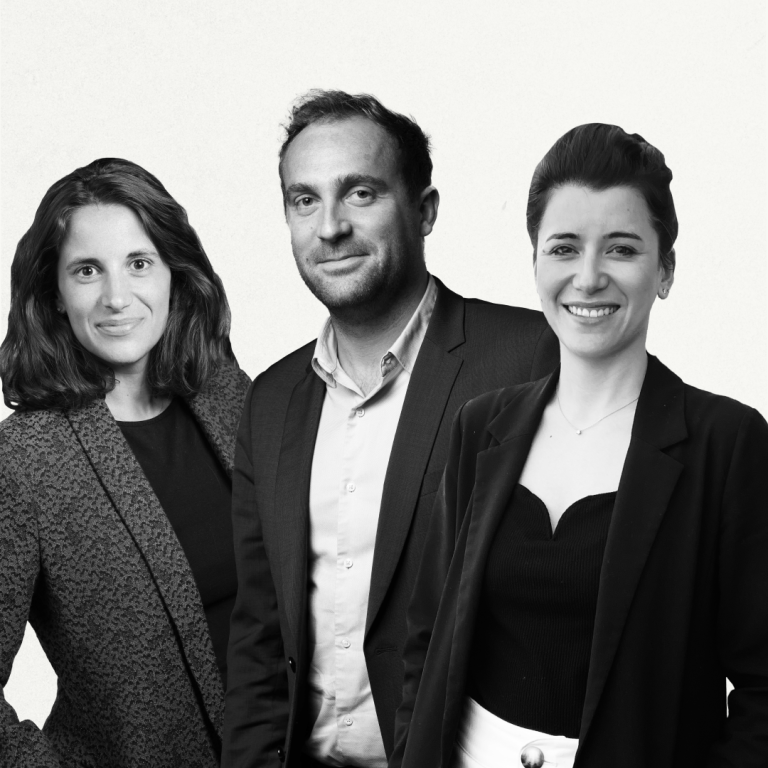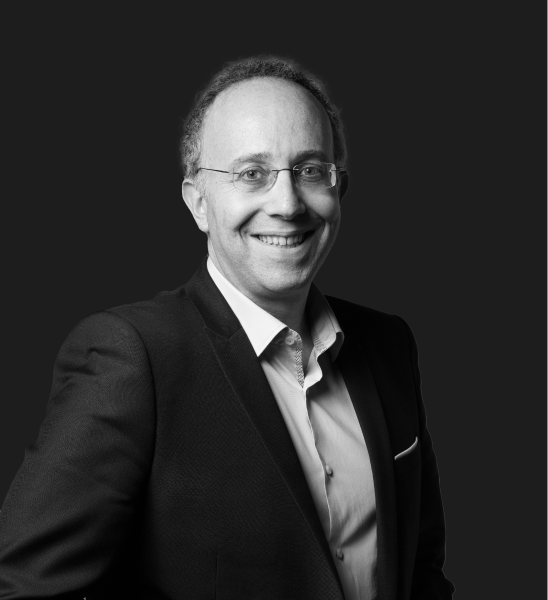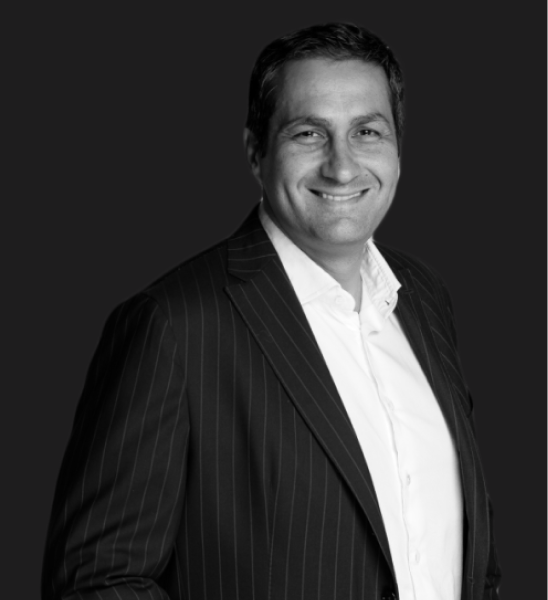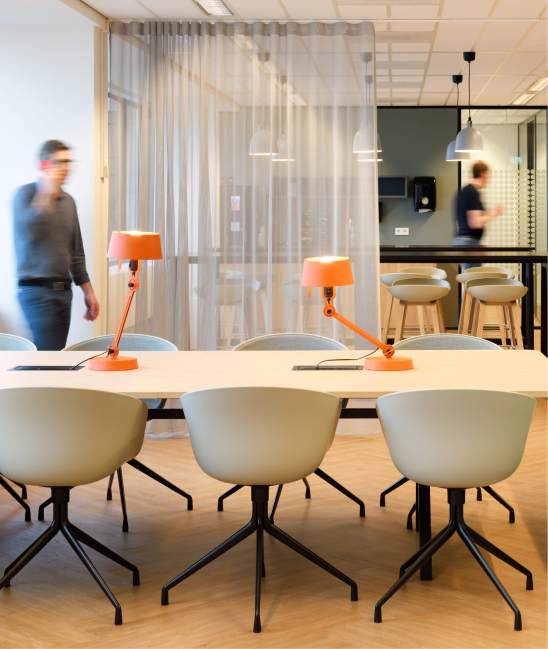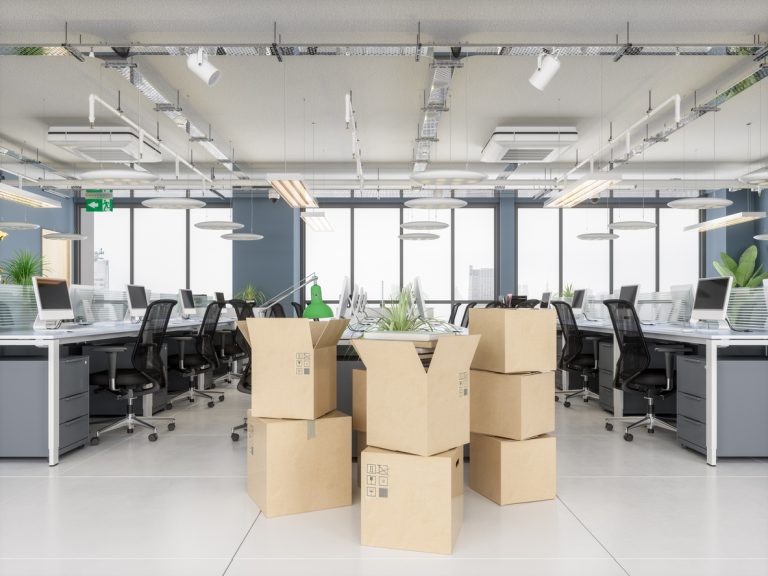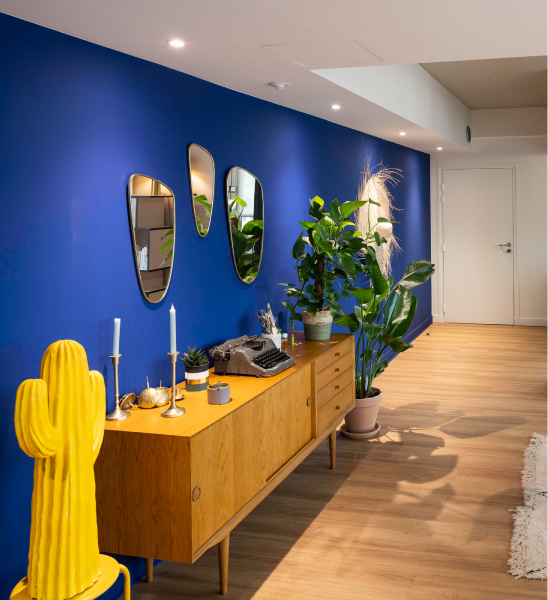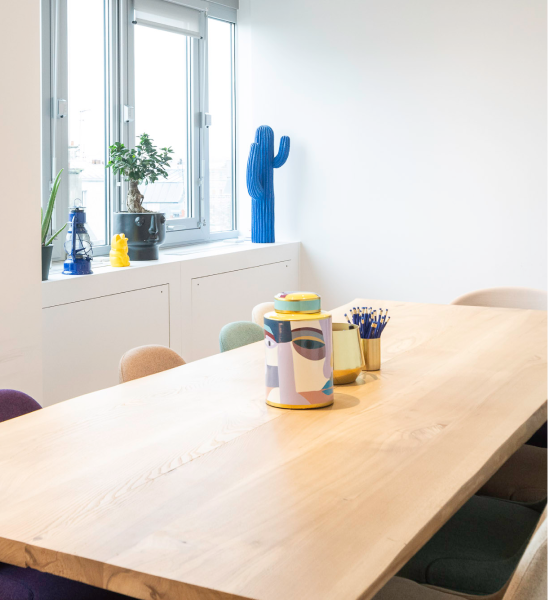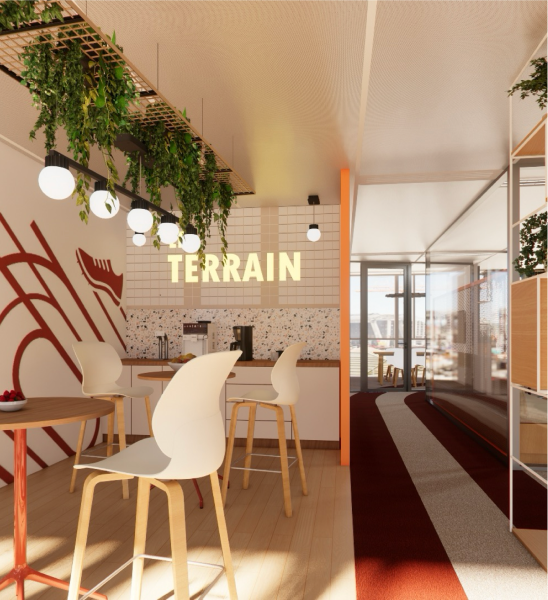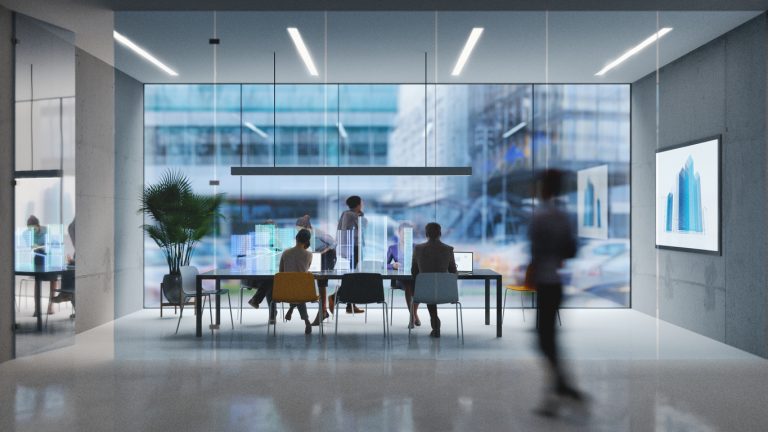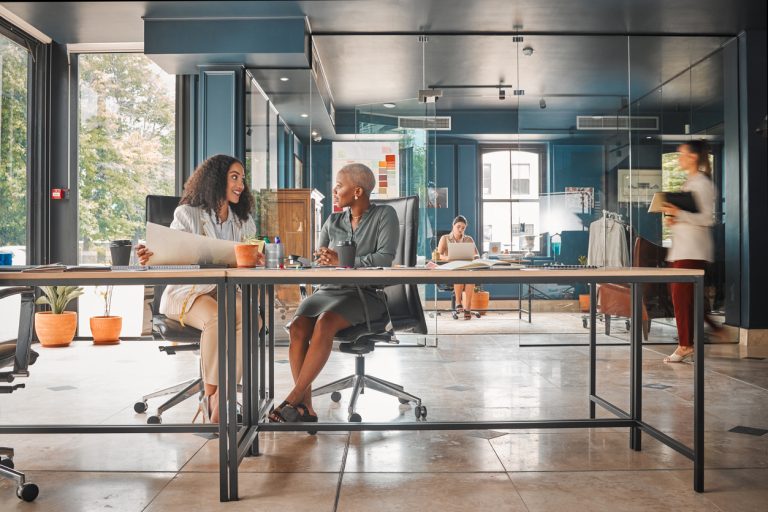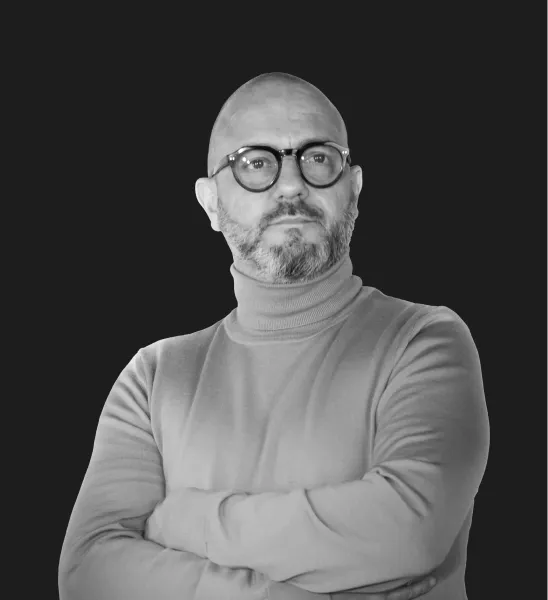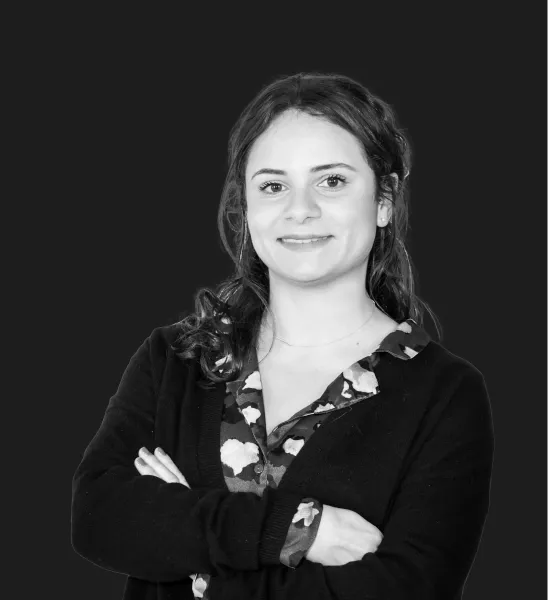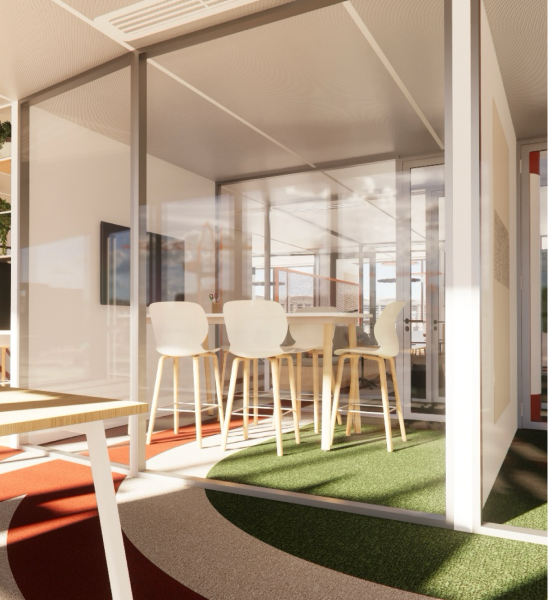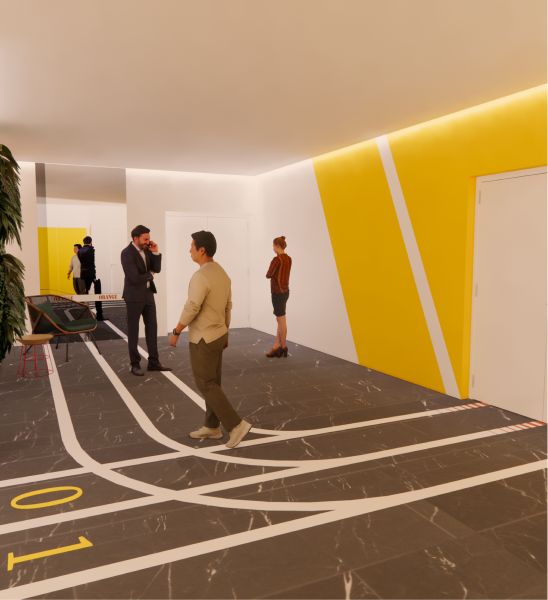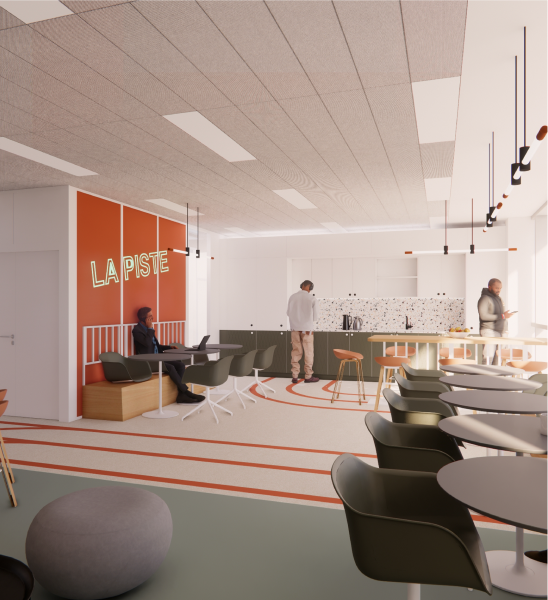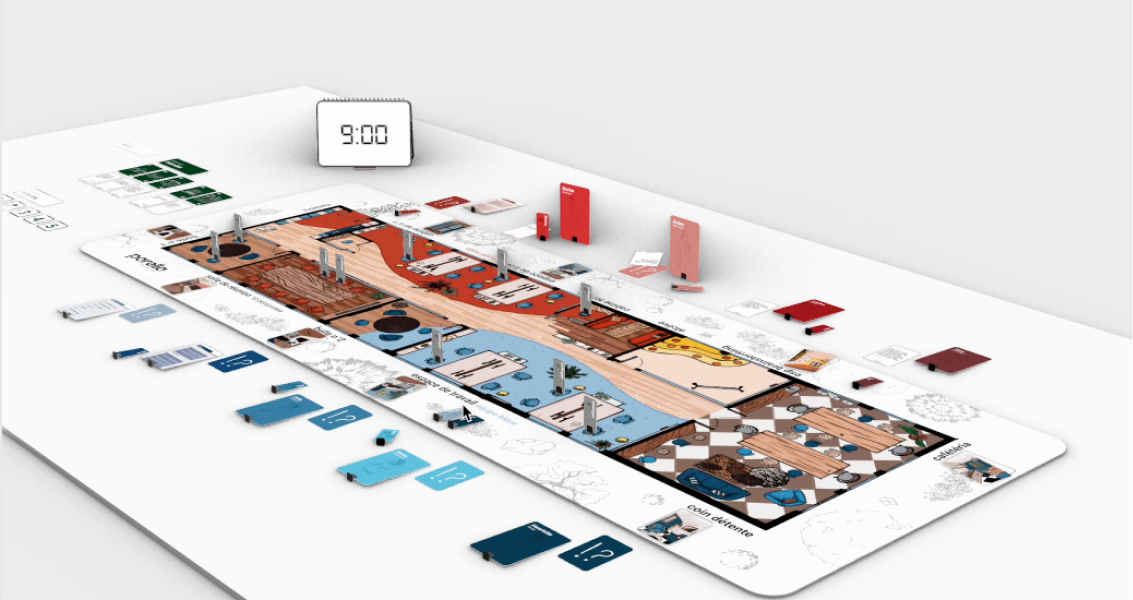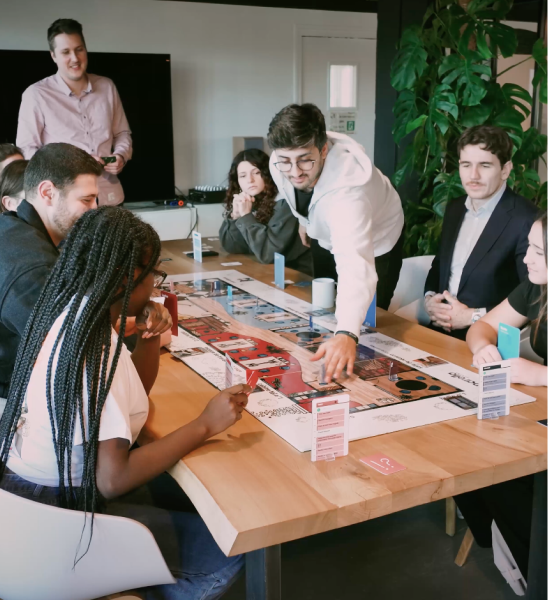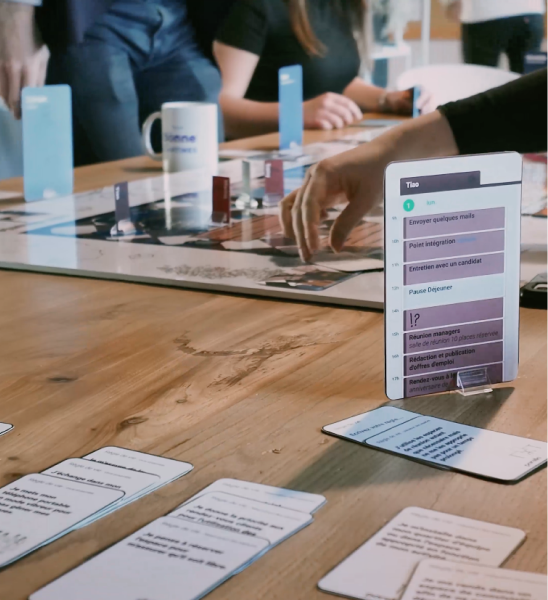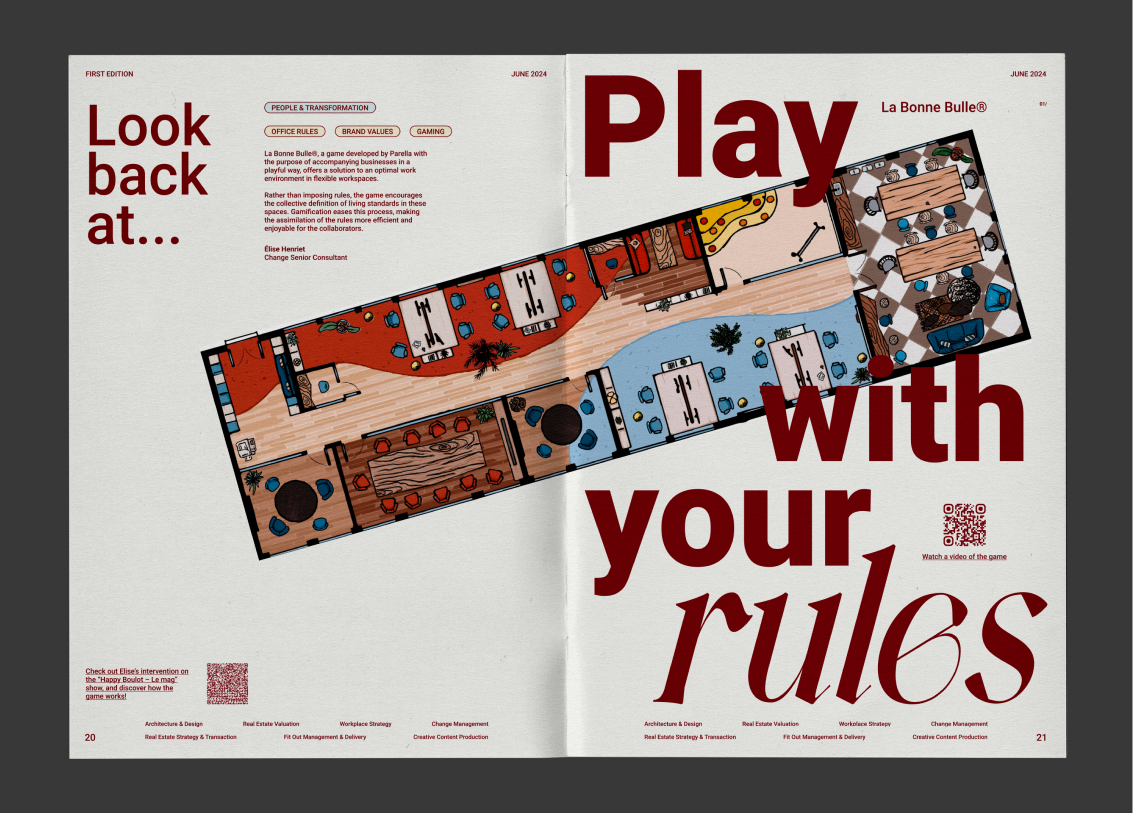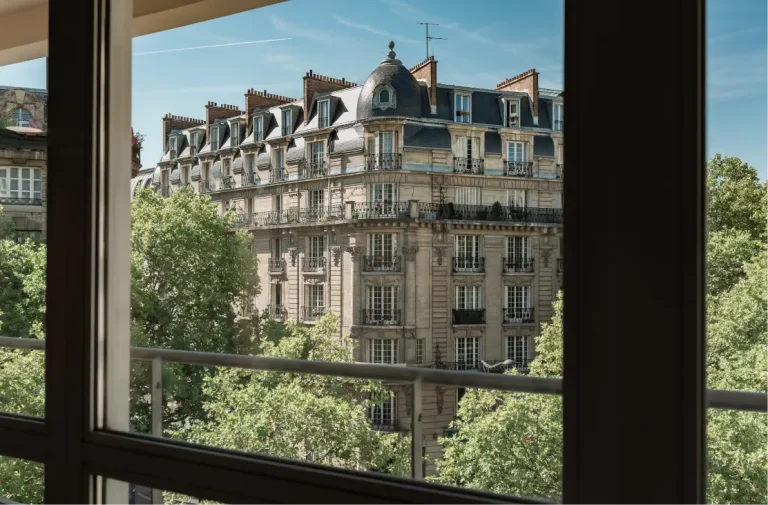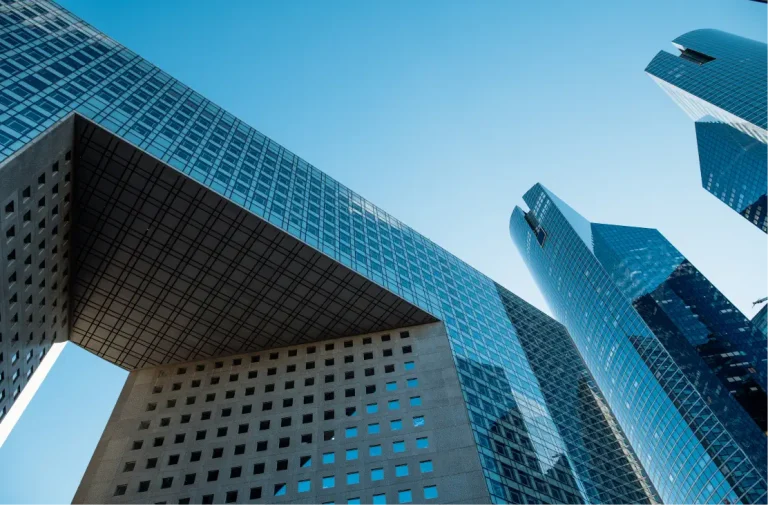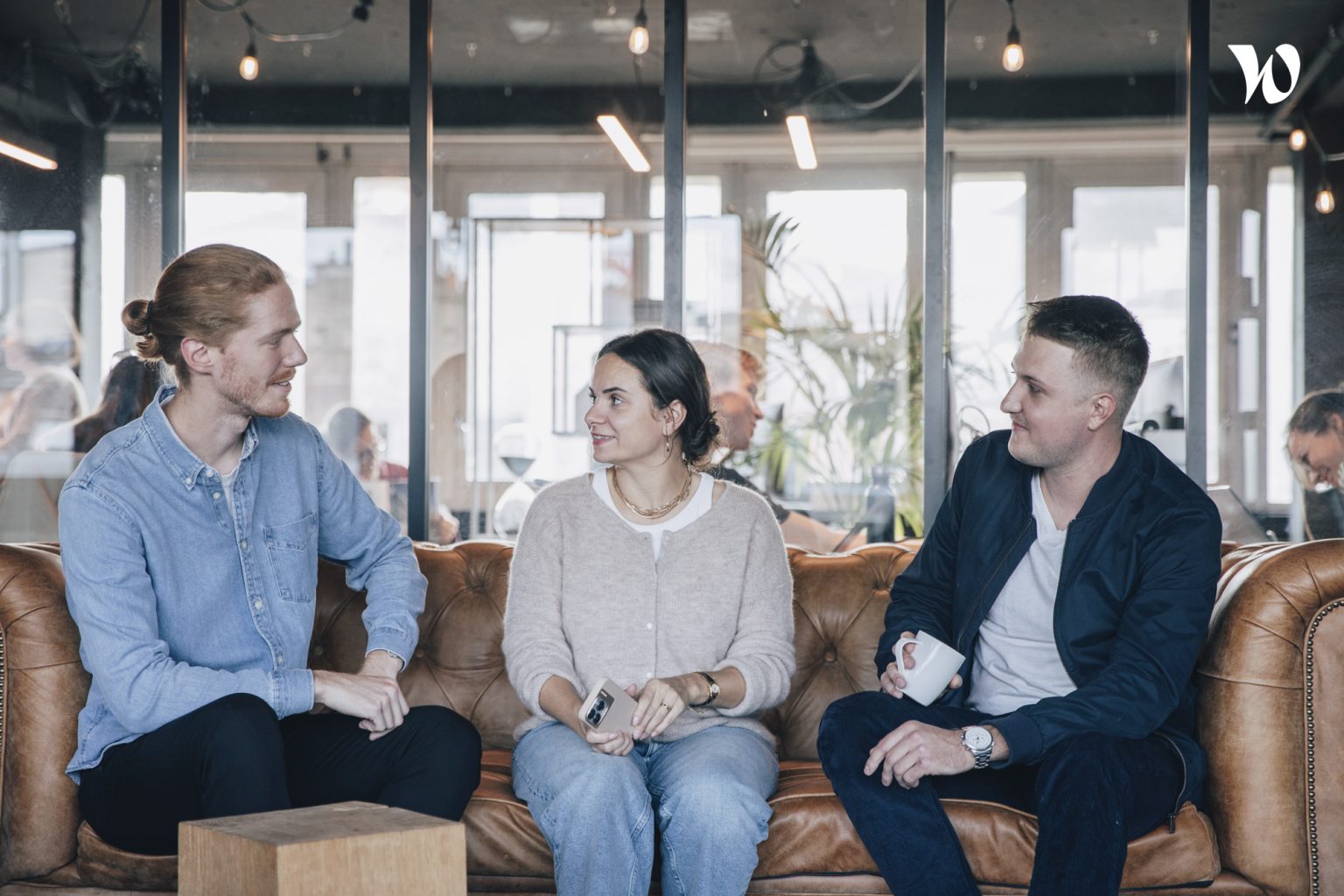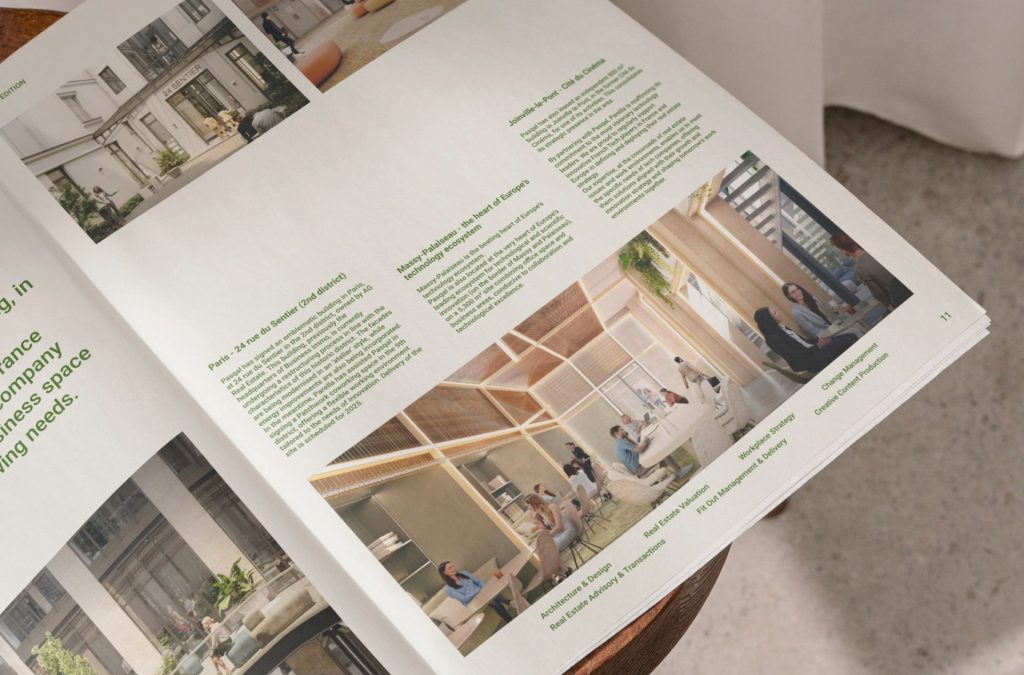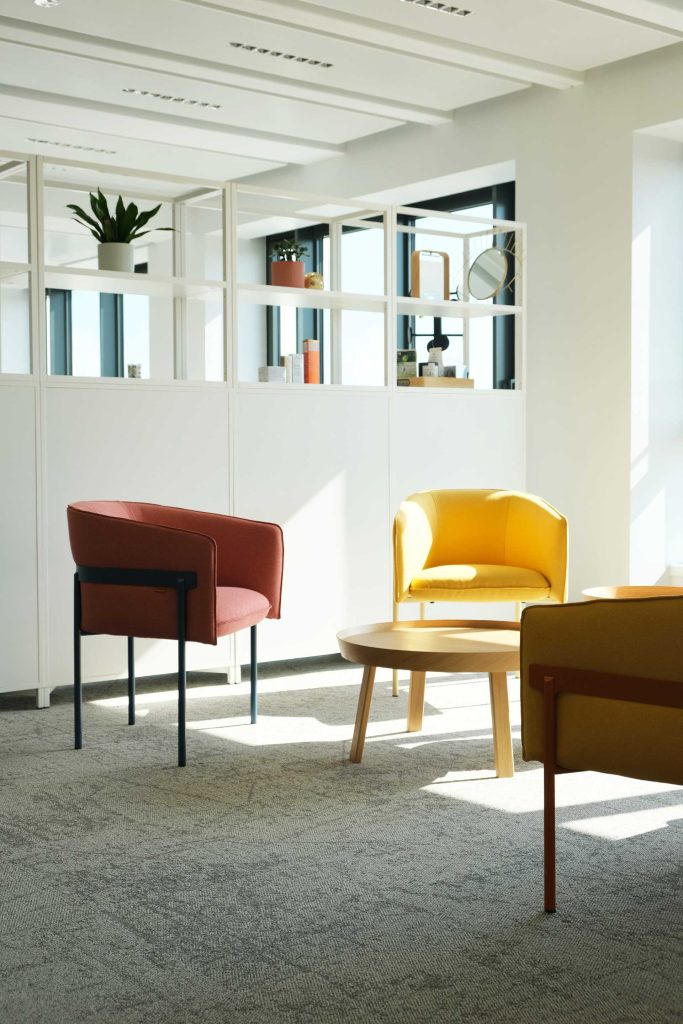Increase in ILAT
Quote or short catchphrase, short sentence or paragraph (> Always end sentences, even subheadings, with a period).
With the steady rise in the index of rents for commercial activities (Indice des Loyers des Activités Tertiaires - ILAT), companies renting office space, particularly in the Paris region, are seeing their service charges increase.
Although this may seem a technical subject, it is one that should be at the heart of CFOs' concerns, as it has a direct impact on cash flow and budgets.
Analysis of a phenomenon and solutions to deal with it.
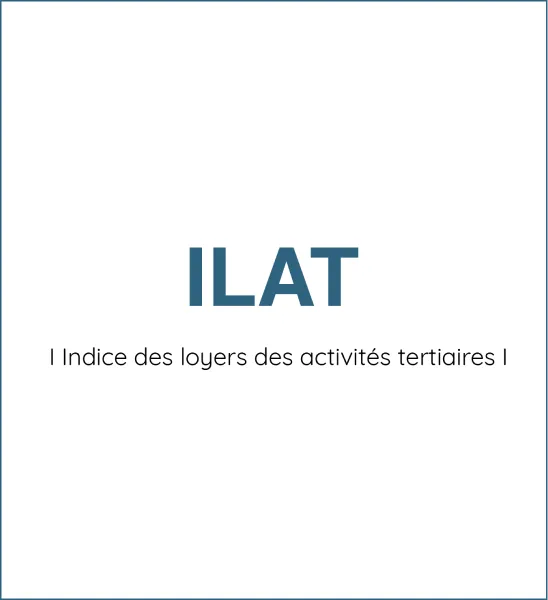
Michael Kaplan
Associate
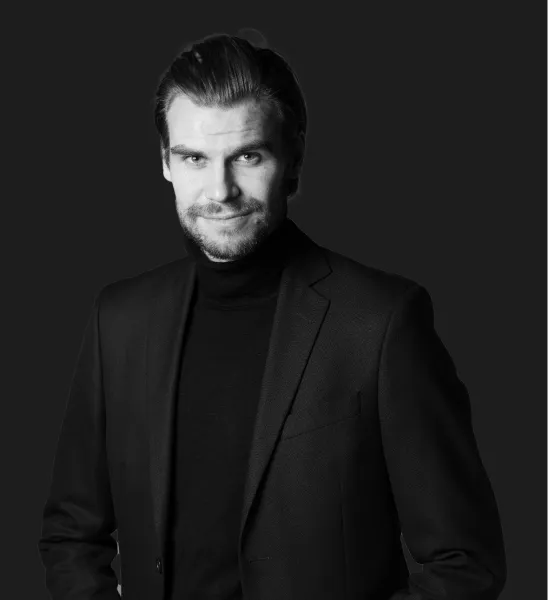
Vincent Ternynck
Real Estate Services Director
An increase that weighs heavily
Since 2018, ILAT has recorded an increase of 21.62%, rising from 112.74 in the 3ᵉquarter of 2018 to 137.12 in the 3ᵉquarter of 2024.
This index, which adjusts rents for tertiary activities, follows inflationary trends and reflects the cost of construction and economic growth.
Let's take a concrete example: a company having signed a lease in 2018 for an annual rent of €300,000.
With the ILAT evolution, its rent for 2024 will reach €364,875, i.e. an increase of +€64,875.
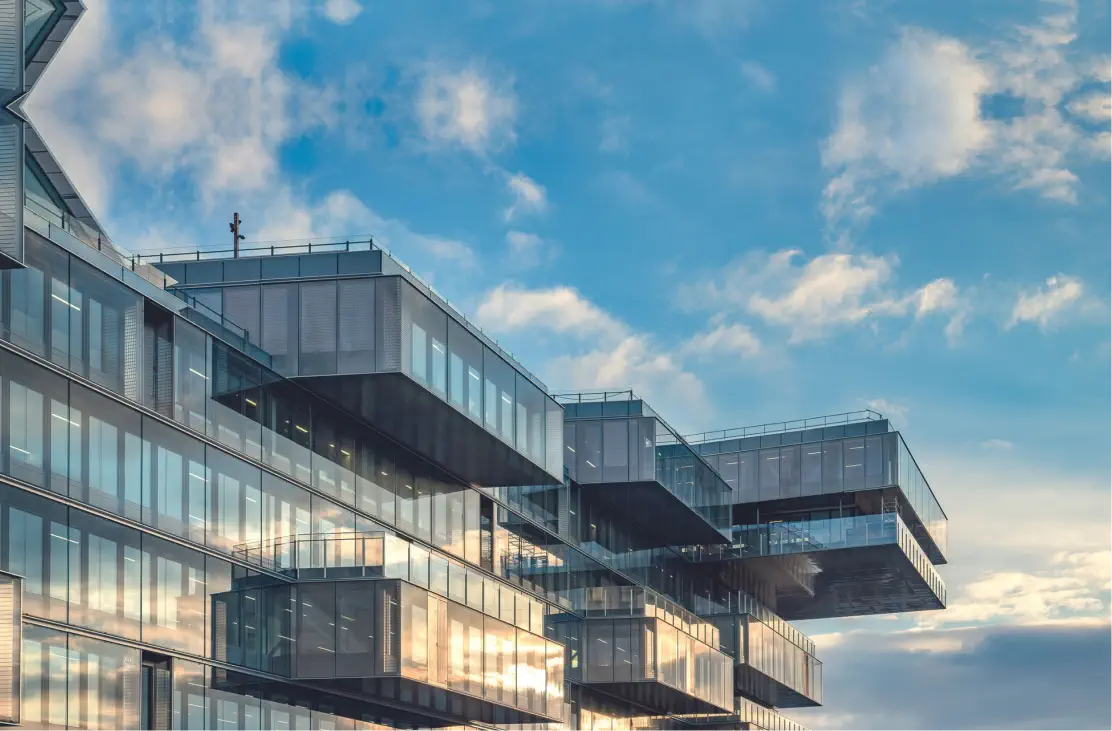
Why is ILAT rising so fast?
Historically, ILAT was supposed to be less volatile than ICC (Indice du Coût de la Construction), long used to index commercial leases.
ILAT is based on a mixed basket including inflation (Consumer Price Index), the cost of new construction and Gross Domestic Product (GDP) in value terms. This combination was intended to mitigate extreme variations, unlike the ICC, which is based solely on the cost of construction.
Currently, ILAT is particularly sensitive to economic fluctuations, due to the combined effect of several factors:
- Inflation, which remains high since 2021, fueled by rising energy and raw material prices.
- The cost of construction, impacted by rising materials prices and environmental constraints.
- Changes in GDP, which reflect an uneven economic recovery and influence.
This dynamic highlights a central issue for companies: how to absorb these increases while other operating expenses are also rising?
Major risks for tenant companies
The impact of the ILAT increase goes beyond rents. Several risks are looming for tenant companies:
- Increased financial pressure
An unanticipated increase in rents can reduce companies' investment capacity and affect their cash flow.
- Unpredictable budget
The high volatility of the ILAT complicates budget planning, making financial projections less reliable.
- Reduced margins
Real estate often represents the second largest expense item for companies, just after salaries. In a tense economic environment, where cost control is essential, a 20% increase in an expense item as strategic as real estate can weigh heavily.
How to adapt?
To cope with this increase, companies are well advised to adopt a proactive management approach.
Here are a few avenues to explore:
- Anticipate ILAT increases in budget forecasts
CFOs need to factor anticipated ILAT increases into their budgets. With an average annual increase of 3-4%, planning over 3 to 5 years becomes crucial.
- Negotiate leases
When signing or renewing a lease, negotiate more protective clauses, for example by capping indexation (e.g., at 2-3% per annum upwards or downwards).
- Optimize office space use
With the spread of telecommuting and hybrid ways of working, the question of leased space is essential. Reducing a €364,875 rent by 10% saves €36,487 a year in rent alone. Controlling surface area will also save on charges and taxes.
- Diversify locations
If business allows, explore locations outside the most expensive areas of the Paris region. Some locations offer more affordable rents, with lower indexations.
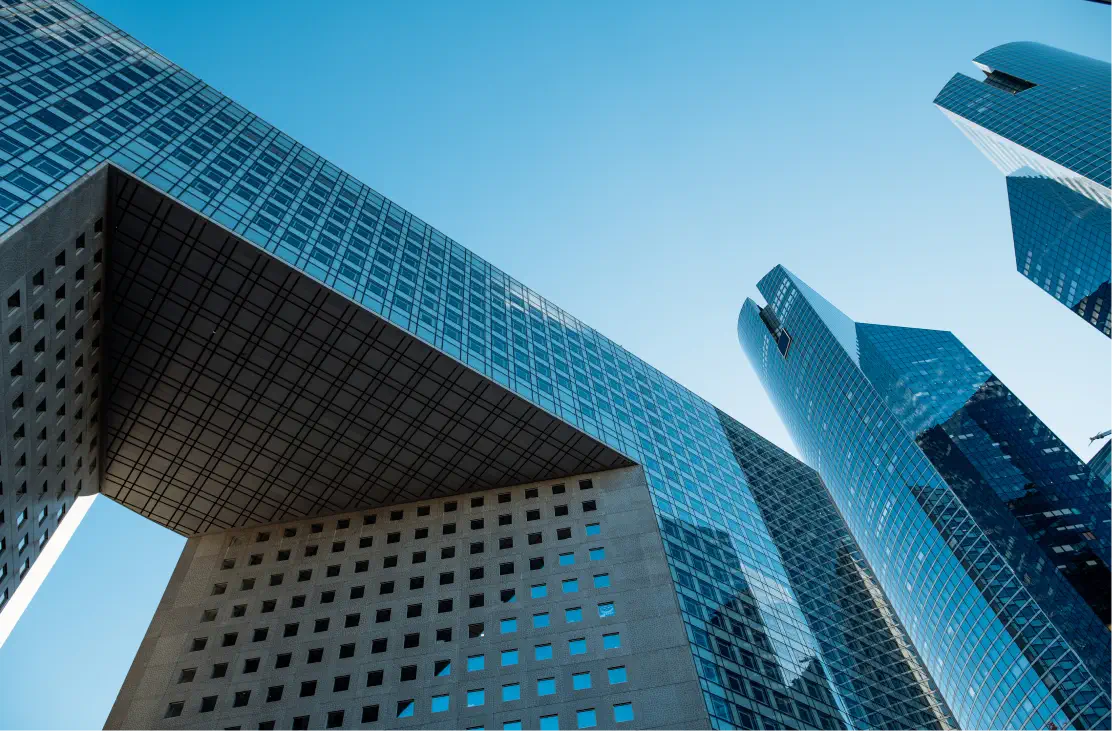
A challenge, but also an opportunity
The ILAT increase is a reality that all companies have to face.
While the risks are significant, they can be transformed into opportunities. Optimizing space, renegotiating lease clauses, or even reinventing real estate organization are all levers that can be used to lighten this burden.
To remain competitive, companies need to adopt a proactive and strategic approach. Above all, they need to bear in mind that real estate, although costly, can be a lever for attractiveness and performance, if carefully managed.
IN BRIEF
- ILAT has risen by +21.62% since 2018.
- A company with an annual rent of €300,000 in 2018 could be paying €64,875 more in 2024.
- Solutions lie in anticipation, negotiation and optimization of leased space.
Acting now is essential to limit future impacts and better control costs.
You may also like...
